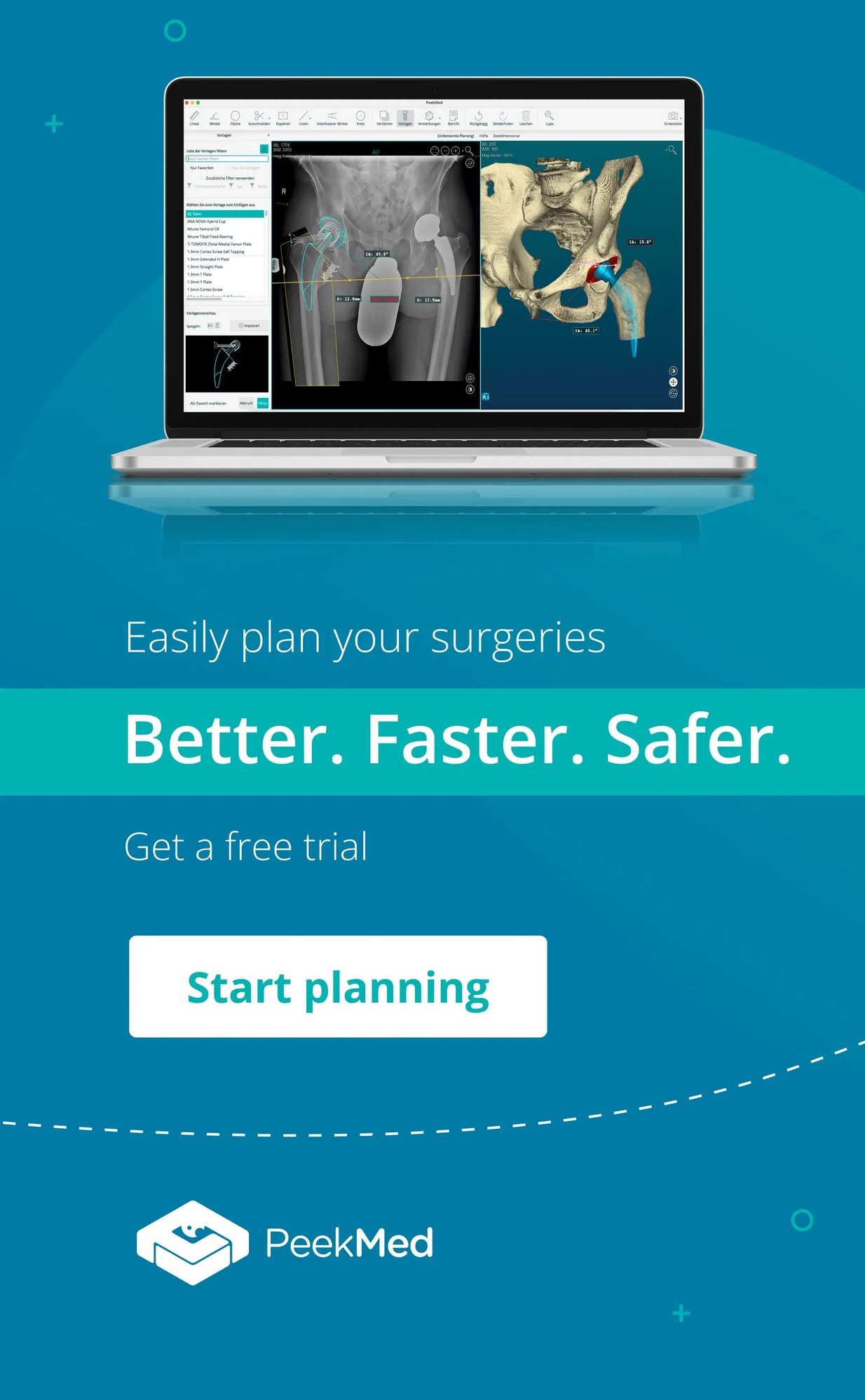PeekMed
Let’s agree on something—the field of medicine has seen unprecedented advancements in recent years. With growing patient numbers and increasingly complex medical conditions, there’s more demand than ever on the shoulders of healthcare professionals. Medical robots are stepping in to help, revolutionizing the way surgeries are performed and enhancing overall healthcare delivery.
These advanced technologies, from robotic surgery to minimally invasive procedures, offer precise assistance, minimizing human error and significantly improving patient outcomes. Surgeons now have the opportunity to leverage medical robots as critical partners in the operating room.
What Are Medical Robots and Why Surgeons Should Care
When we talk about “medical robots”, we’re not referring to a single machine but an entire ecosystem of technologies designed to optimize surgical procedures. These robots perform a variety of roles, from assisting with delicate surgery to improving logistical functions in hospitals.
The best part? These systems aren’t designed to replace human expertise but to complement it, making every movement, every incision, and every decision that much more accurate.
For surgeons, these technologies represent a leap forward, enabling more complex procedures and better outcomes than ever before. These aren’t just theoretical advancements; they’re already making a significant impact in hospitals around the world.
Types of Medical Robots Used in Modern Healthcare
So, what kinds of medical robots are actually in use today? The answer may surprise you.
Several types of medical robots cater to different specialties and needs. Here are just a few:
Robotic Surgical Assistants:
These robots, often referred to as “robotic arms,” assist in high-precision surgeries such as joint replacements, neurosurgeries, and spinal operations. They are particularly effective in minimizing errors, increasing the accuracy of movements, and reducing recovery time for patients.Rehabilitation Robots:
Not all medical robots are used during surgery. Robots designed for rehabilitation help patients recover mobility and strength after an injury or surgery, particularly in orthopedic surgery or stroke recovery.Diagnostic Robots:
These robots are used to assist in imaging, biopsy procedures, and other diagnostic tasks. Using AI-enhanced imaging systems, they help to locate tumors, guide surgical instruments, and even deliver precise medication.Telepresence Robots:
Imagine being able to bring a world-class surgeon into your operating room—even if they’re halfway across the world. Telepresence robots enable remote collaboration, allowing experts to provide real-time guidance on complex cases from any location.Logistics Robots:
The most “behind-the-scenes” robots, these units handle tasks like delivering medical supplies or even disinfecting operating rooms—freeing up hospital staff to focus on more critical tasks.Each of these robots plays a vital role in modernizing healthcare and making it more efficient, precise, and safer for patients. According to the World Economic Forum, the rise of robots in medicine isn’t just a trend—it’s the future of healthcare.
How Medical Robots Are Transforming Surgical Outcomes
What makes medical robots so revolutionary? It’s not just the technology; it’s the outcomes they deliver.
Studies and real-world evidence show that robot-assisted surgeries lead to:
- Fewer complications: Robotic precision leads to fewer mistakes, lower complication rates, and reduced risk of human error.
- Faster recovery: Patients benefit from minimally invasive procedures, which means quicker healing times and shorter hospital stays.
- Increased accuracy: Robots can measure, adjust, and execute with sub-millimetric precision, especially in delicate surgeries like joint replacement.
- More consistent results: Robots work with perfect consistency, reducing variability and ensuring that surgeries are performed to exact specifications every time.
This data-backed transformation is why many hospitals and medical professionals are turning to robotic surgery to enhance their practice. According to a review by the National Library of Medicine, robotic systems are associated with better outcomes and a reduction in complications when used for a variety of surgical specialties.
Medical Robots and the Power of Digital Surgical Planning
Here’s where things get truly exciting.
Surgical robots, while incredibly precise, still need guidance. Without a strategic plan, even the best robot can fall short.
That’s where digital surgical planning tools come into play.
Imagine being able to pre-visualize every cut, simulate every implant, and test your surgical approach before stepping into the OR. With tools like PeekMed, you can do just that. Using 3D surgical planning software, surgeons can map out every step of a procedure, ensuring that the robot follows a carefully crafted path.
This is a game-changer because it combines human expertise with the precision of robotics. When you’re armed with a robust surgical plan, a robot isn’t just executing movements—it’s executing your plan, ensuring consistency, precision, and optimal outcomes.
PeekMed allows for preoperative planning that’s not just about alignments but about better decision-making. And when the robot carries out the plan, the surgeon has full confidence that every move is guided by the data.
The future of surgery isn’t about robots performing surgeries alone. It’s about robots and surgeons working together to produce the best possible results. With the right AI-driven tools—like PeekMed for planning and surgical precision—surgeons can achieve the unachievable: maximum accuracy, minimal recovery, and optimal patient care.
So, next time you step into the operating room, ask yourself:
Are you ready to partner with a medical robot that can take your precision to the next level?
References
Case School of Engineering. Medical Robots Are Making a Difference in Healthcare. Retrieved from: https://online-engineering.case.edu/blog/medical-robots-making-a-difference
KUKA Robotics. Robots Used in Medicine. Retrieved from: https://www.kuka.com/en-de/industries/robots-used-in-medicine
PubMed Central (PMC). Medical Robotics – A Review. Retrieved from: https://www.ncbi.nlm.nih.gov/pmc/articles/PMC6625162/
World Economic Forum. How Robots Are Transforming the Medical Industry. Retrieved from: https://www.weforum.org/stories/2024/09/robots-medical-industry-healthcare/
Intel. How Robotics Is Improving Healthcare. Retrieved from: https://www.intel.com/content/www/us/en/learn/robotics-in-healthcare.html
Brainlab. Types of Medical Robots in Use Today and in the Future. Retrieved from: https://www.brainlab.com/journal/types-of-medical-robots-in-use-today-and-in-the-future/
Built In. Top Companies in Surgical, Medical & Healthcare Robotics. Retrieved from: https://builtin.com/robotics/surgical-medical-healthcare-robotics-companies
PeekMed. How Robotic Surgery Enhances Patient Outcomes. Retrieved from: https://blog.peekmed.com/how-robotic-surgery-enhances-patient-outcomes
PeekMed. What Is Robotic Surgery?. Retrieved from: https://blog.peekmed.com/robotic-surgery



